U.S. Congress puts $1,000 into the Congressional Seed Distribution Program
In 1839, the U.S. Congress puts $1,000 into the Congressional Seed Distribution Program, administered by the U.S. Patent…
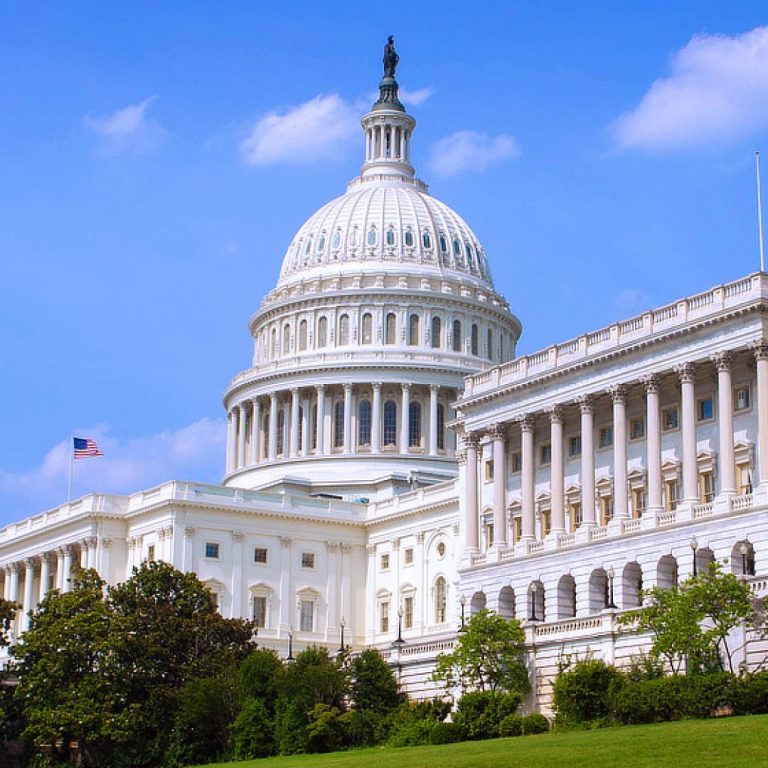
In 1839, the U.S. Congress puts $1,000 into the Congressional Seed Distribution Program, administered by the U.S. Patent…
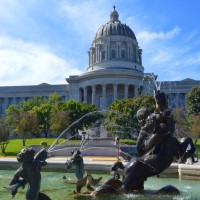
In 1839, the University of Missouri was founded after the Missouri legislature passed the Geyer Act, legislation that…
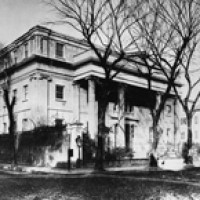
In 1839, two medical colleges merged into the the Medical College of the State of South Carolina. In…
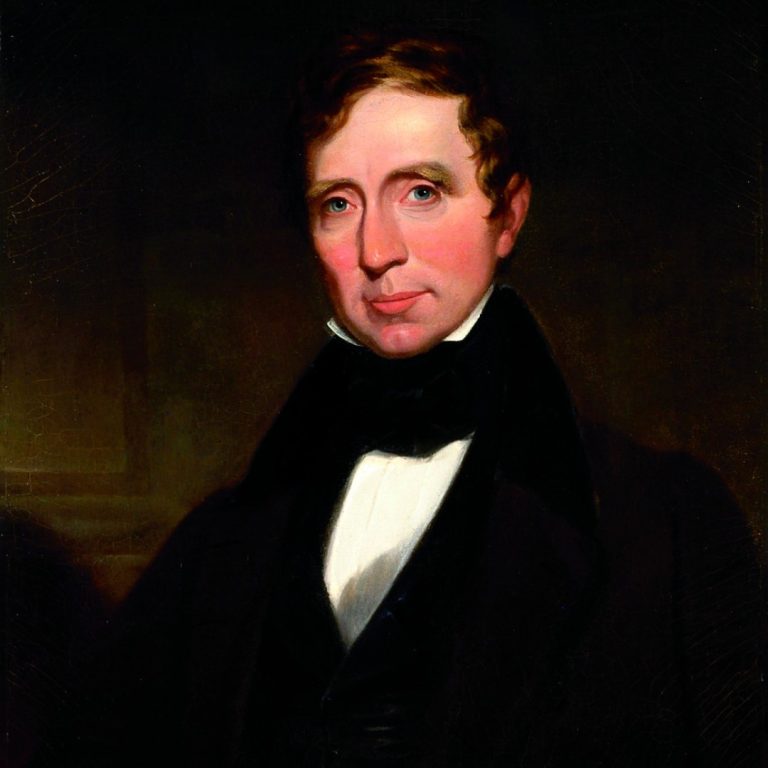
On Sept. 17, 1838, Emory College classes began for fifteen students. The College was founded in 1836 by…
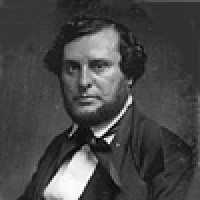
In 1838, The Medical Department of Hampden-Sydney College opened in Hampden Sydney, Virginia. The first Dean of the…
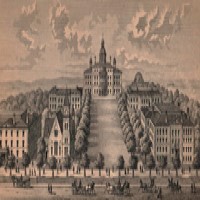
In 1838, The state territorial legislature passed a bill to establish a University of Wisconsin ‘at or near…
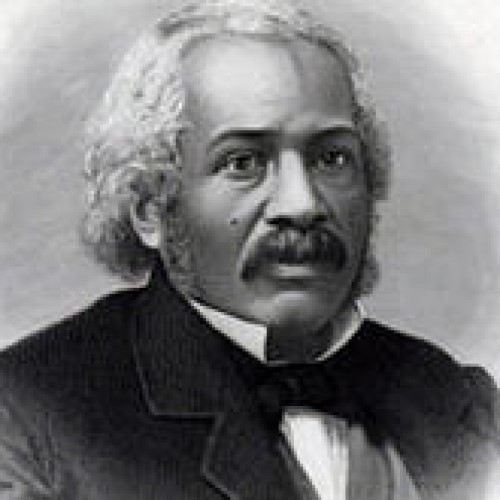
In 1837, Dr. James McCune Smith became the first African American to hold a medical degree. Smith, a…
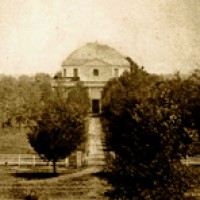
In 1837, the University of Alabama became the first in the state to offer engineering classes. It was…
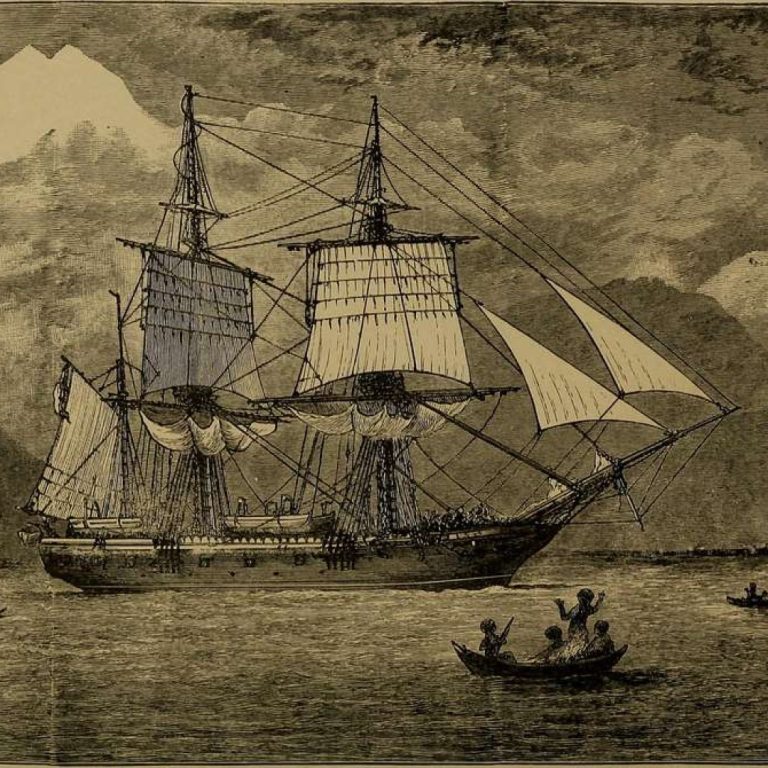
On Oct. 2, 1836, British naturalist Charles Darwin returned to England from the voyage of the “Beagle.” Darwin,…

In 1836, Charles Cagniard de Latour’s work with microscopes shows that yeast is a mass of little cells…
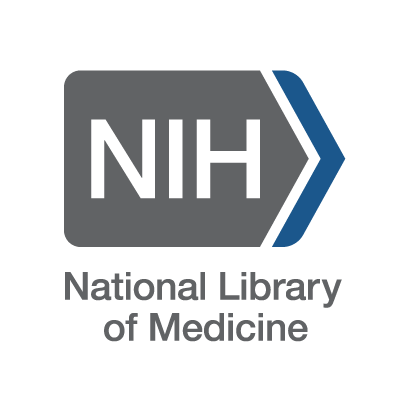
In 1836, The Library of the Office of the Surgeon General of the Army (the present U.S. National…

In 1836, Emory College was founded by a group of Methodists in Newton County that dedicated themselves to…
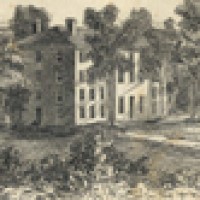
In 1834, The Wake Forest Manual Labor Institute was founded in Wake Forest. It was rechartered as Wake…
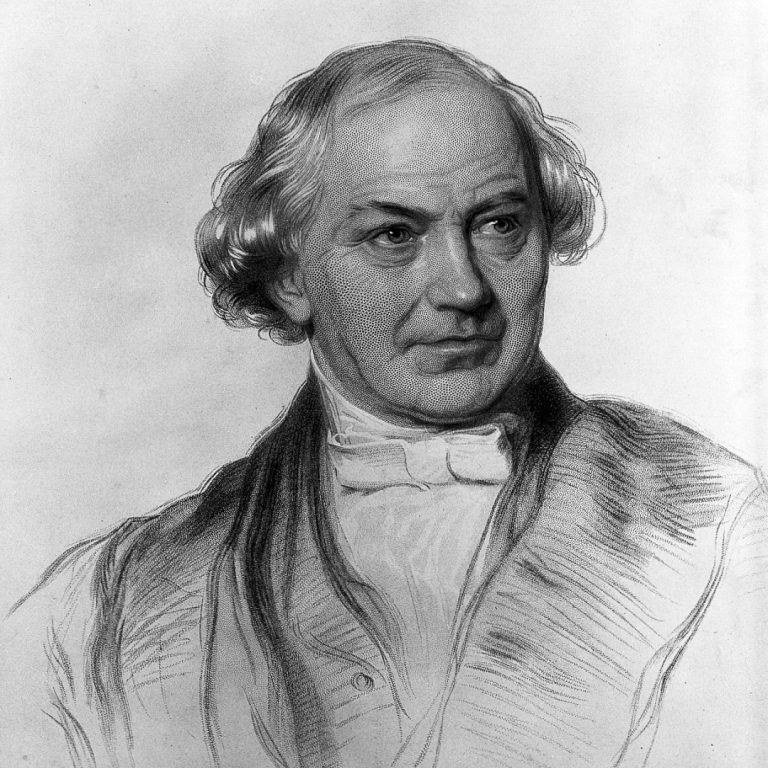
In 1834, the term scientist was added to the English language by William Whewell, Master of Trinity College,…
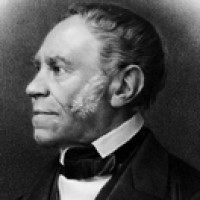
In 1833, the first enzyme was discovered and isolated by French chemist Anselme Payen also known for discovering…
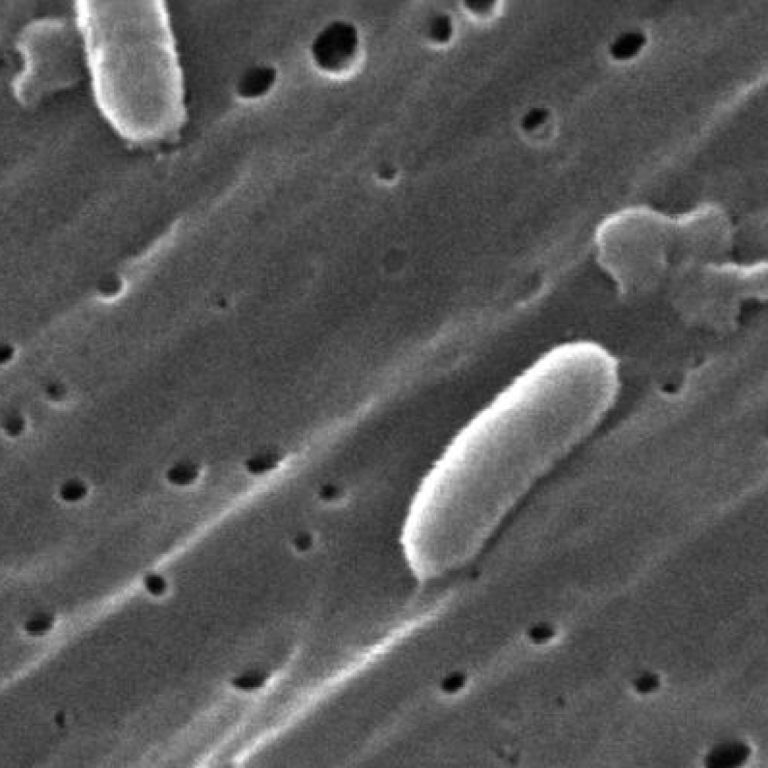
In 1832, New York mandated in June that no ship can approach within 300 yards of any dock…

In 1832, Asiatic cholera epidemic hit New York City with particular ferocity. Sanitary cordons, or quarantine, were the…
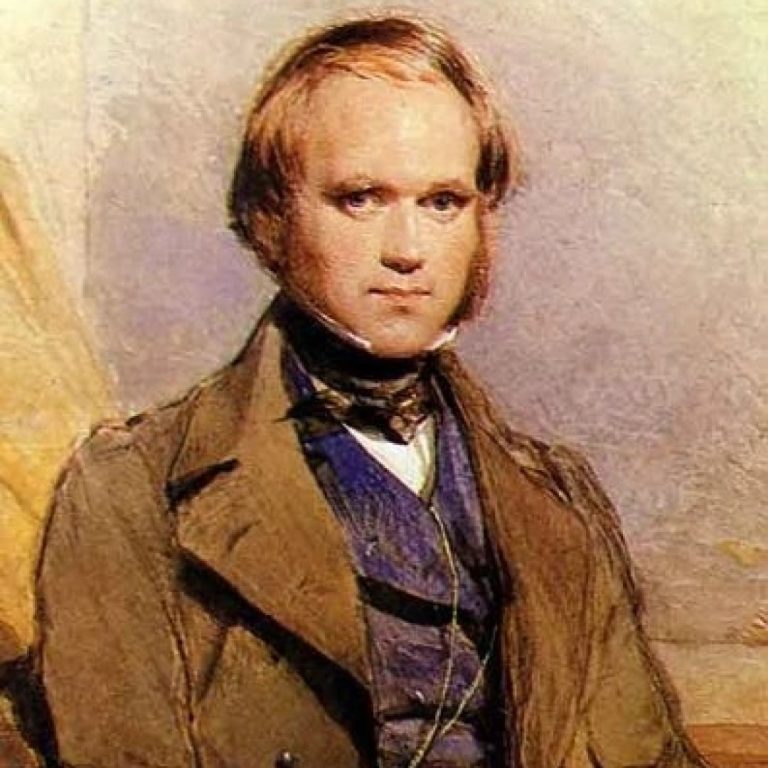
On Dec. 27, 1831, naturalist Charles Darwin departed England on the British science expedition voyage of the “Beagle”…
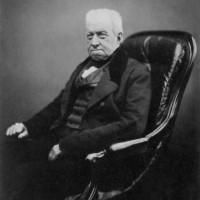
In 1830, Scottish botanist Robert Brown discovers a small dark body in plant cells. He called it the…

In 1830, John K .Smith opened his first drugstore in Philadelphia, and was soon joined by his younger…
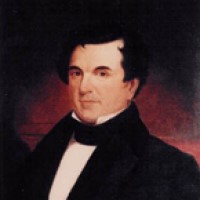
In Dec. 20, 1828, the Medical Academy of Georgia was chartered by Dr. Milton Antony. It became the…
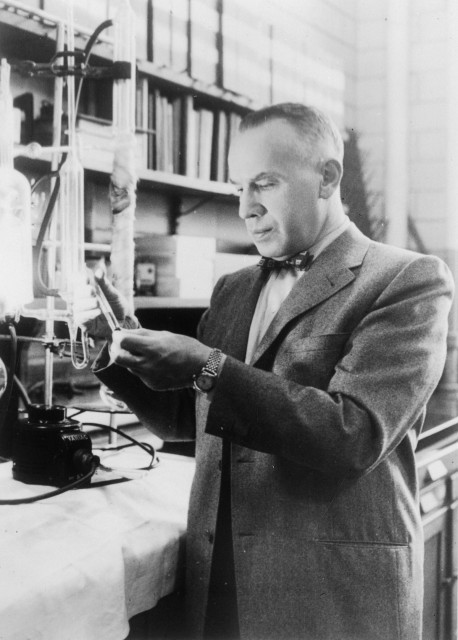
In 1927, Thimerosal was synthesized and patented by chemist Morris Kharasch at the University of Maryland. Thimerosal is…
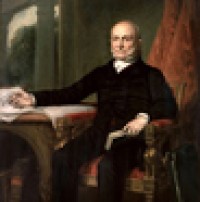
In 1827, President John Quincy Adams instructed overseas consular officers abroad to ship back to the U.S. any…

In 1827, Tuscaloosa, then the state’s capital, was chosen as home of the University of the State of…
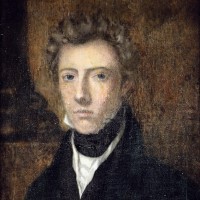
In 1826, Dr. James Barry, a Royal British Army surgeon, performed the worlds first successful cesarean operation. It…
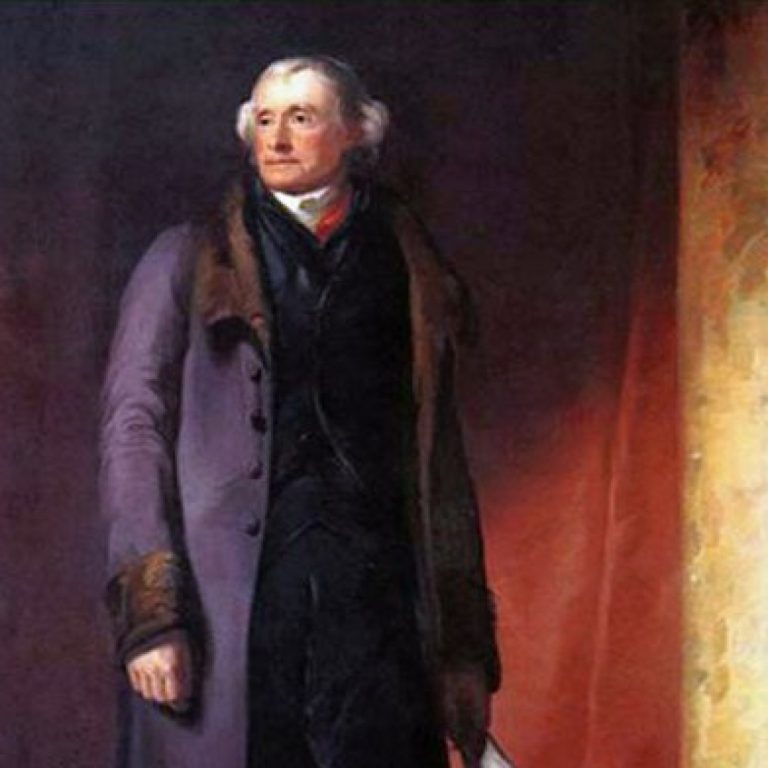
In 1825, Thomas Jefferson founded the nation’s 10th medical school which has grown into a nationally recognized academic…
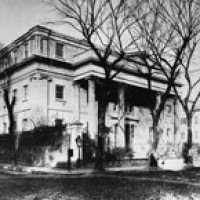
In 1824, the Medical College of South Carolina opened. Although the College of Medicine was not officially established…
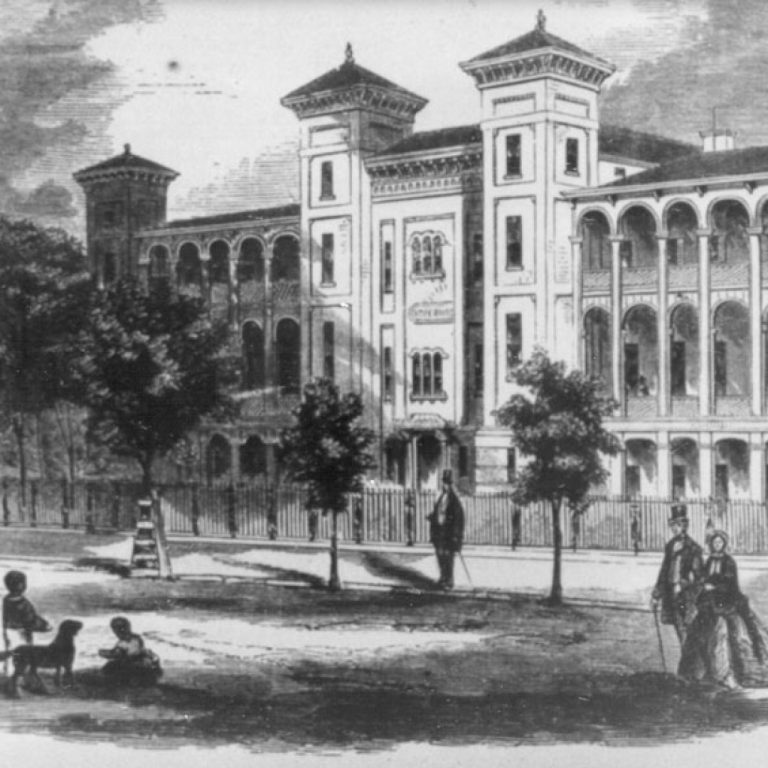
On Dec. 20, 1823, the South Carolina General Assembly granted the request of the Medical Society of South…
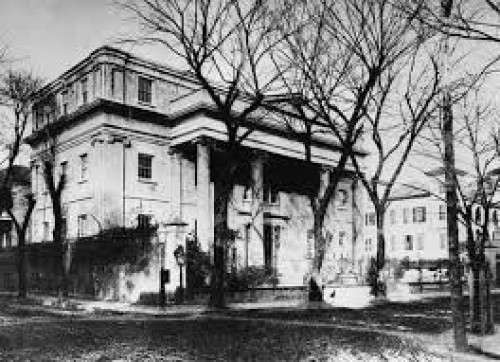
In 1823, The Medical College, a private institution of the Medical Society of South Carolina was incorporated in…

On Dec. 21, 1820, eleven physicians met in Washington, D.C., to establish the U.S. Pharmacopeia, the first compendium…